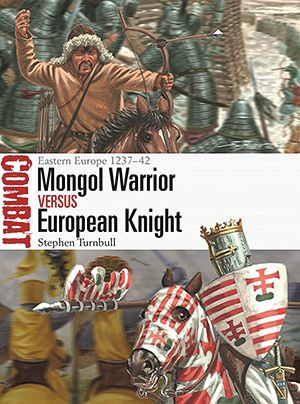 The Mongols had conquered most of Central Asia by 1237, overwhelming the Rus before advancing west. In eastern Europe the invading Mongols encountered Christian mounted knights, both sides determined in their goals of conquest or defense. In 1241 the Mongol armies met a Polish army at Liegnitz and a Hungarian host at Muhi, the Christian armies bolstered by reinforcements from Western Europe. In 1242 the Mongols laid siege to the fortresses of Esztergom and Szekesfehervar. The region was devastated but the Mongols were not successful.
The Mongols had conquered most of Central Asia by 1237, overwhelming the Rus before advancing west. In eastern Europe the invading Mongols encountered Christian mounted knights, both sides determined in their goals of conquest or defense. In 1241 the Mongol armies met a Polish army at Liegnitz and a Hungarian host at Muhi, the Christian armies bolstered by reinforcements from Western Europe. In 1242 the Mongols laid siege to the fortresses of Esztergom and Szekesfehervar. The region was devastated but the Mongols were not successful.
One of the latest volumes in Osprey’s Combat Series, this edition delves into the recruitment, motivations and organization of the opposing forces. It also looks at their respective tactics, weapons, equipment, and command and control. Common to this series, the book includes specially created artwork and maps to accompany the many illustrations. The text is equally engaging, and very informative despite the book’s compactness. An analysis chapter provides an excellent summary of the author’s comparisons and descriptions. It is a good comparison of the Mongols who threatened Europe and the knights who ultimately helped keep them from doing so.
Mongol Warrior Versus European Knight: Eastern Europe 1237-42 (Stephen Turnbull, Osprey Publishing, Oxford UK, 2023, 80 pp., maps, photographs, bibliography, index, $23, softcover)
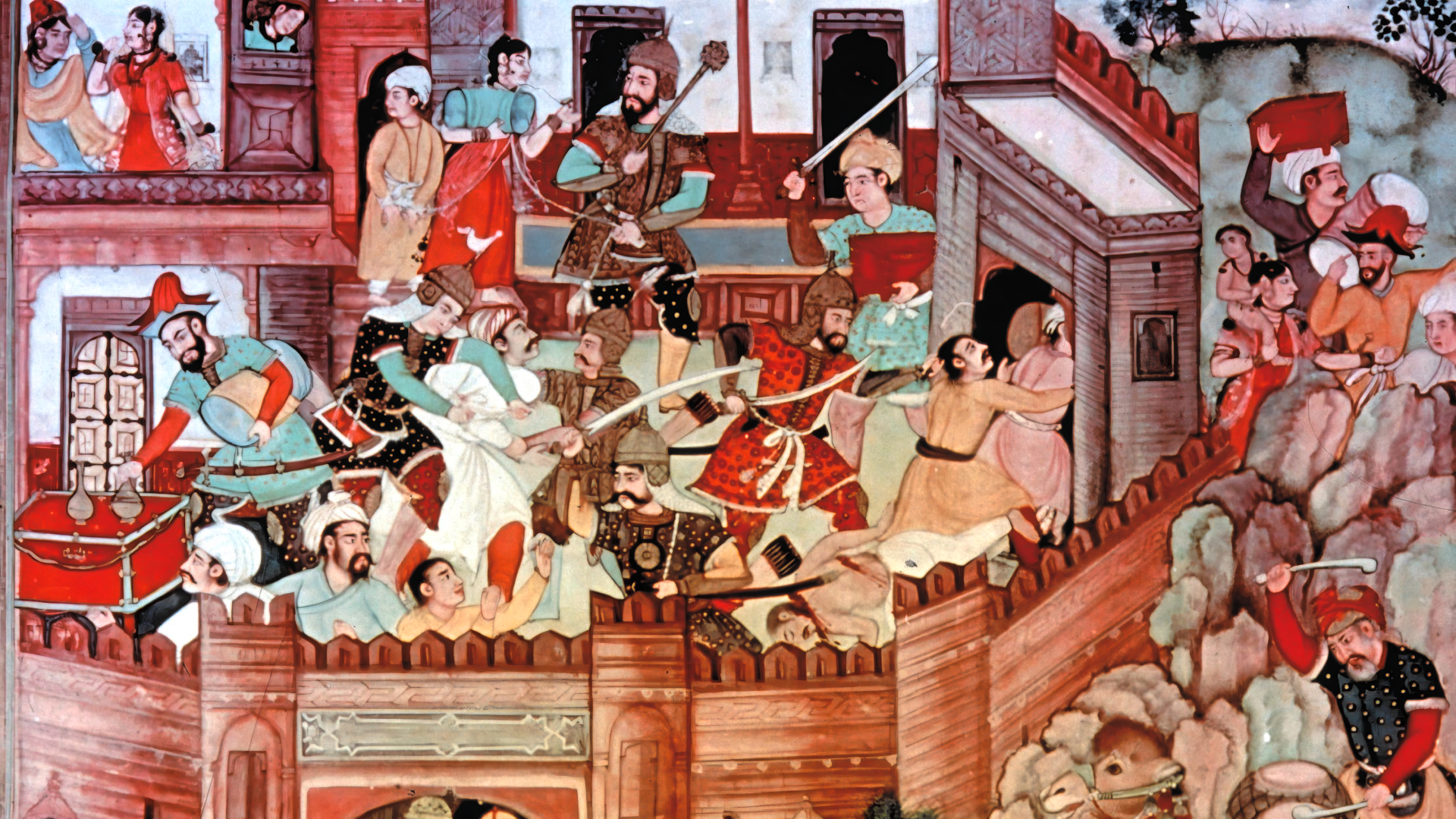
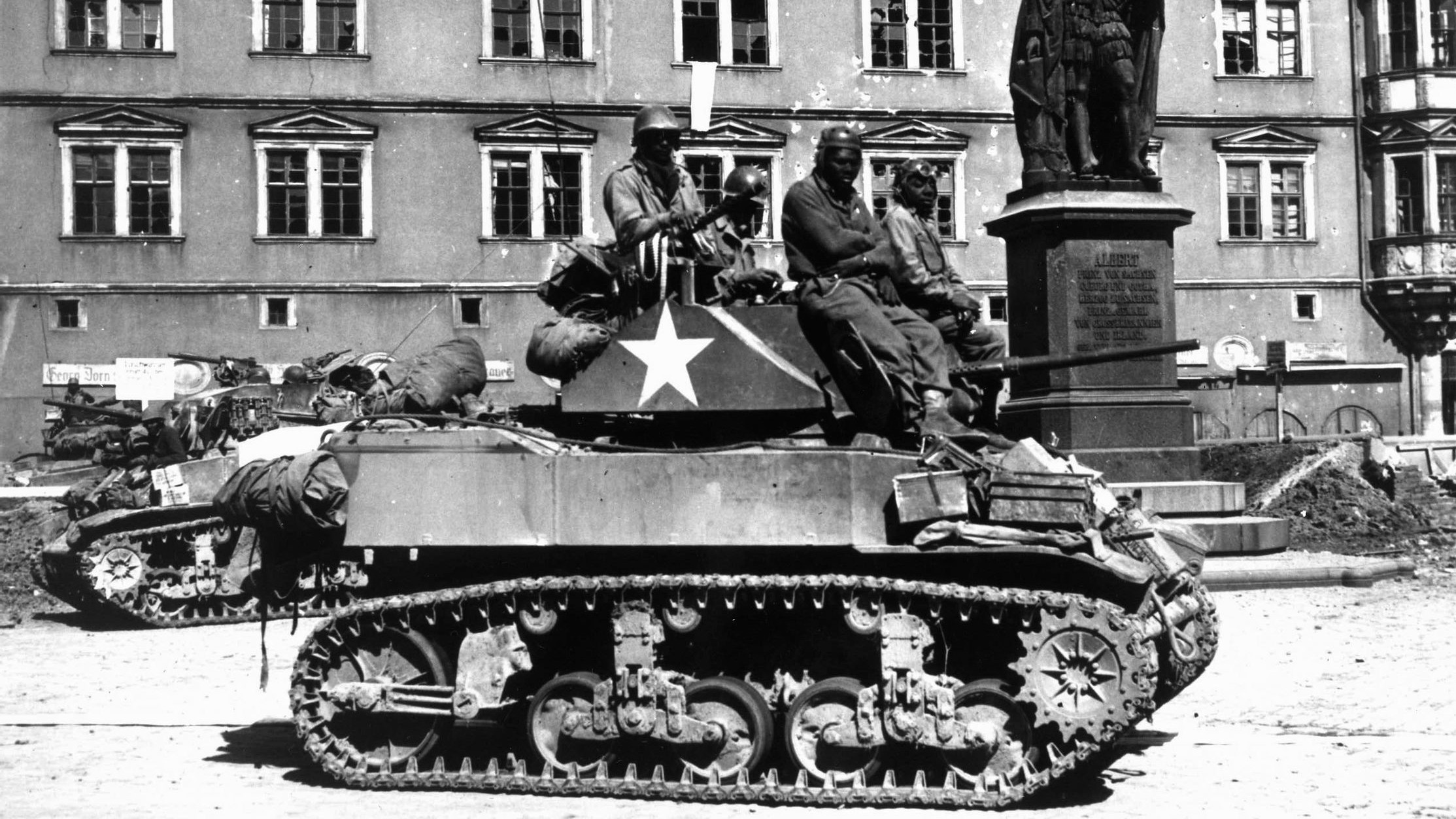



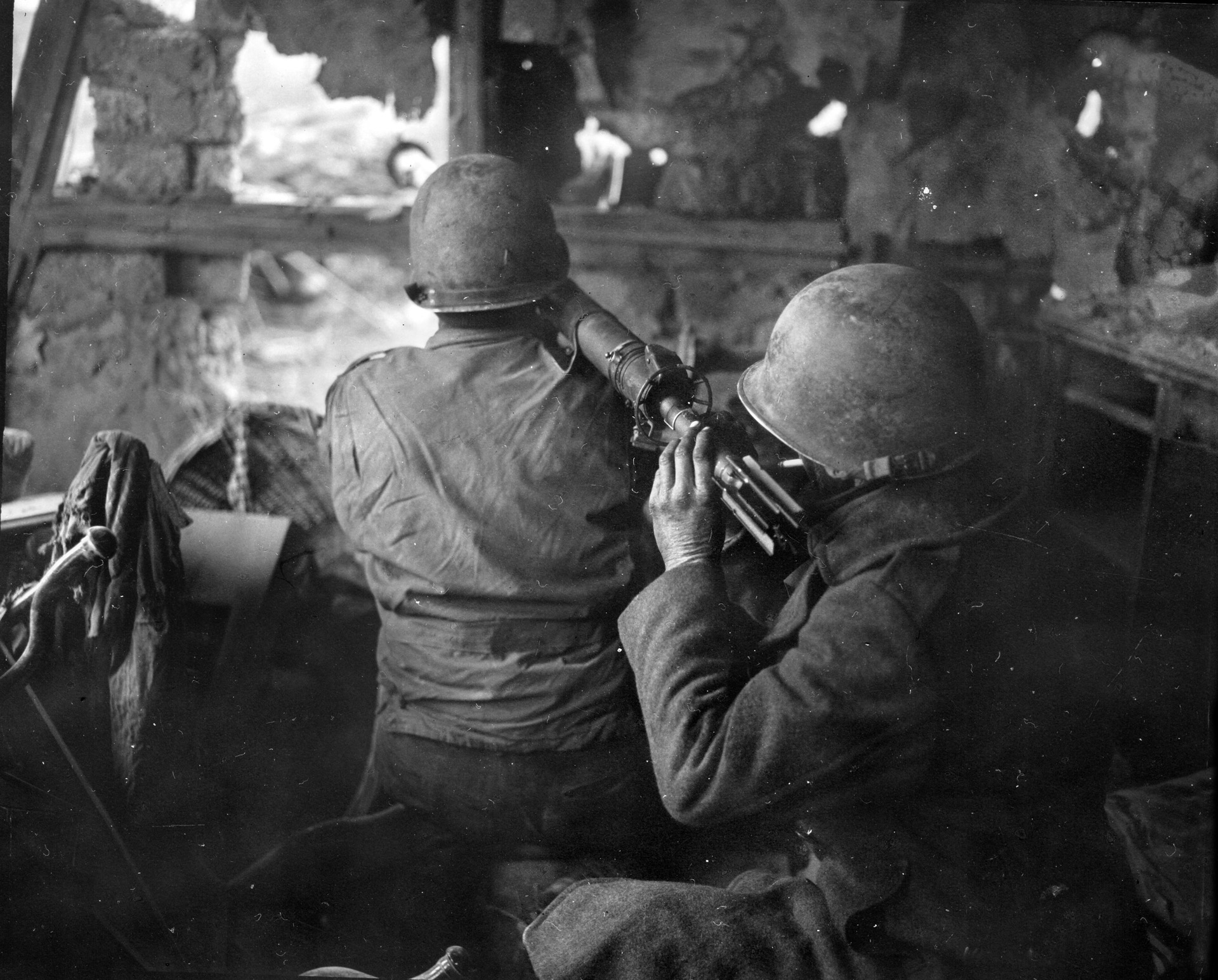
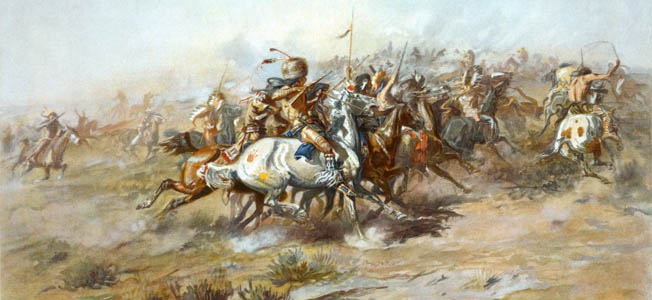


Join The Conversation
Comments
View All Comments